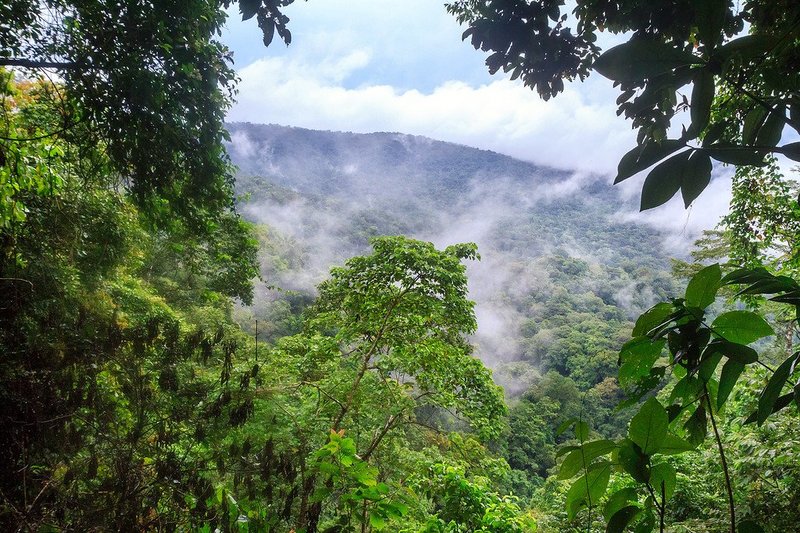Carbon stocks and tree diversity in the Darien

The Smithsonian Tropical Research Institute reported through a participatory forest-carbon monitoring project that Panama’s Darien forest of Panama has a high capacity to sequester carbon.
According to the report from the Smithsonian, the Darien is a crucial area for carbon storage, biodiversity conservation and the livelihoods of indigenous groups.
The data collected through a participatory forest-carbon monitoring project, by scientists from the Smithsonian Tropical Research Institute (STRI), McGill University and the National Research Council of Canada uncovered sources of above-ground biomass (AGB) variation and explored considerations for implementing Reducing Emissions from Deforestation and Forest Degradation (REDD+) in Darien.
As part of the study, the scientists and a team of trained indigenous technicians analyzed 30 one-hectare plots distributed across a large, mature forest landscape, in undisturbed and disturbed areas. They found that Darien has the highest carbon stocks among nine mature forest sites across the Neotropics, and the second-highest tree species richness among five mature forest sites in the region, supporting the need to protect it in a culturally appropriate way with the region’s indigenous peoples.
The group of scientist spoke to the amount of organic matter above the ground, in standing trees, and the amount of carbon they stores is being affected by the extraction of large trees.
The study also revealed that even when disturbed forests lost half of their carbon as compared to undisturbed ones, they maintained the same tree species richness. In addition, disturbed forests still maintained a disproportionately high capacity to sequester carbon, suggesting that they should not necessarily be excluded from REDD+ investments given its interest in targeting areas where climate-change mitigation and biodiversity conservation can be achieved simultaneously.
"Decades of efforts to protect Darien’s natural and cultural heritage through different protected areas’ management categories and land-tenure regimes for indigenous peoples are being stripped away by rampant illegal logging," Mateo-Vega said. "Our study conclusively demonstrates how important these forests are for climate-change mitigation, biodiversity conservation and the well-being of indigenous peoples."
